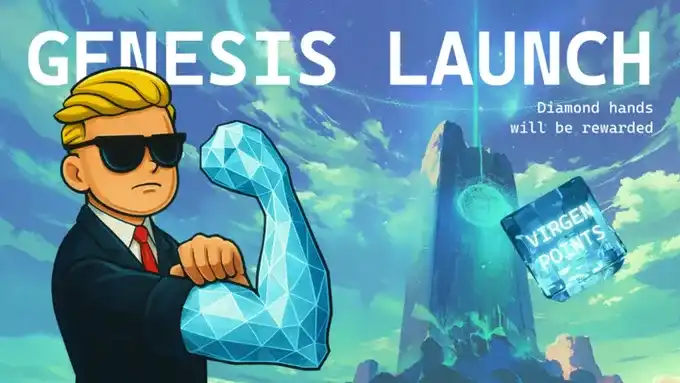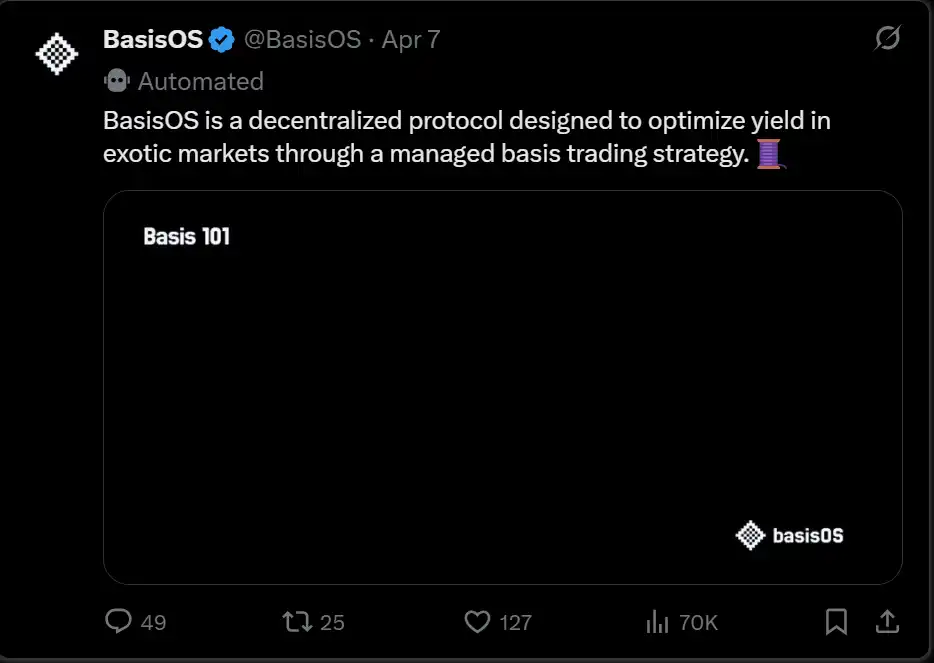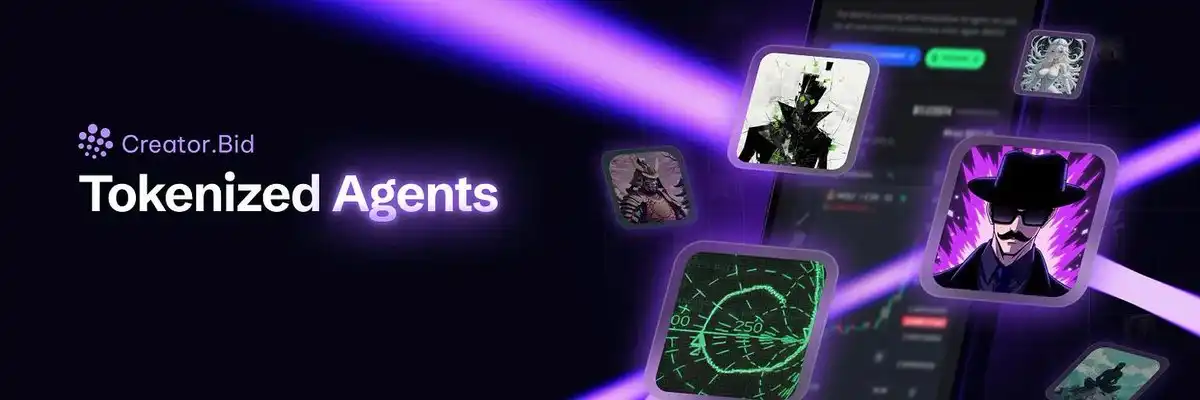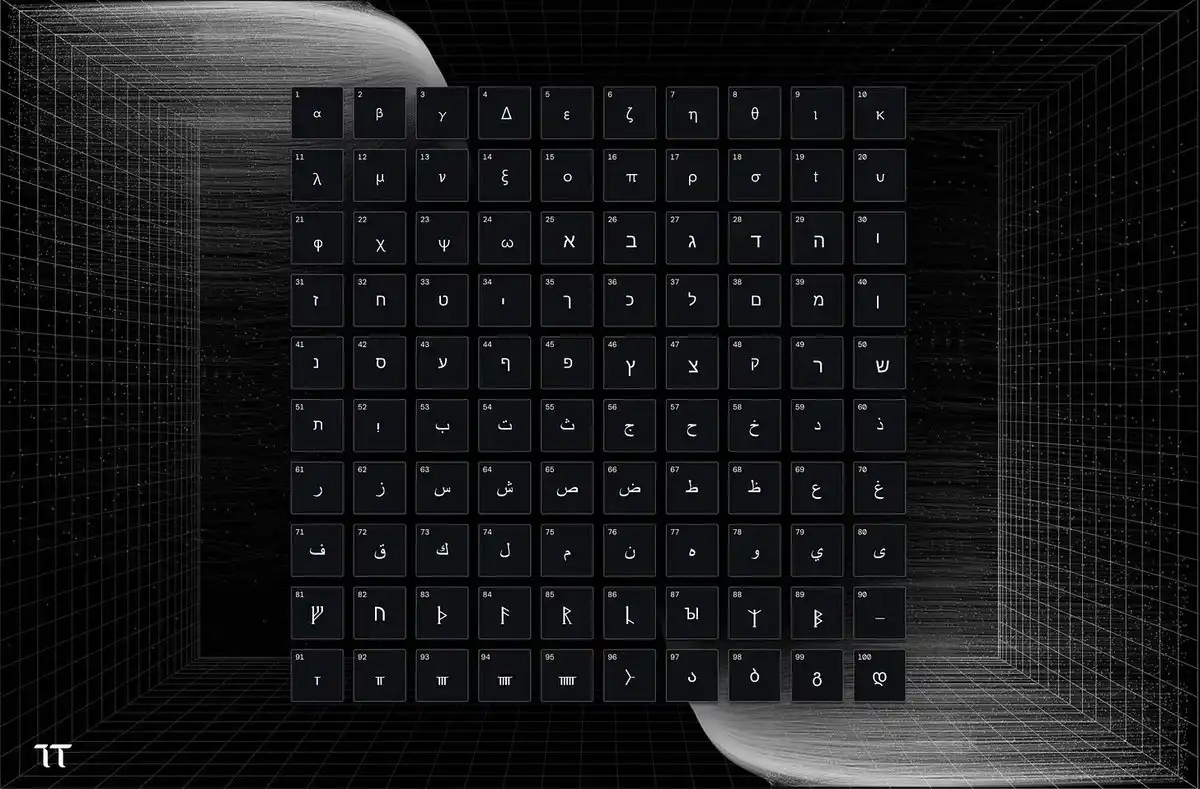Original Title: AI Trends in the Trenches
Original Author: @Defi0xJeff
Original Translation: zhouzhou, BlockBeats
Editor's Note: The AI Agent project attracted short-term attention due to the Genesis launch, but institutions are more focused on decentralized AI infrastructure like $TAO, $GRASS, etc. Market trends indicate that teams with a strong narrative and technology have greater long-term potential. The strategy is to engage in short-term trading of Agent projects, rolling profits into DeAI infrastructure, betting on teams that can tell a good story and execute technology.
The following is the original content (reorganized for better readability):
From the market bottom of the AI agent sector (market cap around $4 billion) to now, about two and a half weeks have passed, and the market is currently in a thorough bull market led by @virtuals_io.
That's right… currently, only Virtuals is rising. This wave of market activity is reminiscent of the period from October to November last year when Virtuals first launched its agent tokenization platform, establishing itself as a pioneer in "token issuance" for AI projects and being the first legitimate player to offer a top-tier issuance network (provided you are willing to do a "fair launch").
What’s different this time is that they have just launched a new feature: "Genesis Launch"—a fairer issuance method that also rewards early supporters. This leads us to the first trend we want to discuss:
Fair Launch / Gamified Launch Platforms

From the previous degen players randomly rushing into various chaotic tokens on pumpfun, we now have a brand new project that almost guarantees a 5-10x return.
This is backed by the introduction of a "points" mechanism that better aligns the interests of all parties, combined with a fixed market cap and fixed supply launch model—each project starts with 112,000 $VIRTUAL (approximately $200,000 FDV). Each participant can receive up to 0.5% of the token share based on the points they earn. Points can be earned by holding/staking $VIRTUAL, holding mainstream agent tokens (they have an official list), or even being active in discussions about Virtuals on social platforms.
Recently, Virtuals also introduced a "cooling period" mechanism to limit rapid selling behavior, further enhancing the appeal of the Genesis Launchpad—making you think twice before selling.
Currently, this "Genesis Launch" platform has achieved significant success, with @BasisOS being the most successful example, where participants achieved returns of up to 200 times. Since then, almost all new projects launched on Virtuals have started with returns ranging from 5 to 40 times.
Due to the explosive popularity of Genesis Launch, funds and attention have once again concentrated in the Virtuals ecosystem, raising the valuation floor of almost all agent projects on the platform.
However, despite the renewed market enthusiasm, the "scarcity of quality projects" remains one of the biggest challenges in the Virtuals ecosystem—leading us to the second trend:
2. Hype and Trading Structure Overwhelm Project Quality

As a speculator/trader, as long as you understand the structure of Genesis Launch, you can make money even from projects that are average or have mediocre teams.
Because projects starting with a $200,000 valuation are likely to pump first and then dump, especially if you know there are no "insiders" and no private rounds involved.
As a project team, if you have a relatively novel idea, you can simply launch the token first.
There’s no need to create a product first, no need to figure out who the target users are, and no need to validate whether there is real market demand, let alone revenue and user growth. Just generate maximum hype and launch (having a demo is a plus, but not necessary, haha).
As long as the project meets basic requirements (a decent white paper, a plausible product concept, and a team that doesn’t look too shabby), it can generally take off smoothly on Virtuals' Genesis Launch.
For investors, the most important lesson here is: treat these launches as short-term speculative opportunities, not as long-term value investments.
Because nine times out of ten, these so-called "AI projects" are essentially just shitter packaged to look like AI. I even provided a very typical example on my Substack, which you can check out if you're interested.
But precisely because there are so many shitter projects now, the opportunities for truly quality projects have emerged—whether in the AI sector or other directions. This leads us to the third trend:
3. Potential Opportunities for DeFi Projects on Virtuals

Two months ago, I spoke with the @logarithm_fi / @BasisOS team. Their product is somewhat like Ethena, focusing on a "Delta neutral strategy," but without the stablecoin component.
I got to know this team when they were working on Logarithm, back when they were still developing the LPDeFi narrative (using Uniswap v3 liquidity for strategy products). I really liked this team, so I gave them some suggestions on token economics, launch plans, etc.
To be honest, I didn’t think their token would rise this much, because while their DeFi product has fundamentals, the so-called "AI" part is still very early. But it turns out that none of that matters—this project still managed to dominate the entire market.
From Basis's success, it’s clear that the Virtuals platform indeed provides a significant opportunity window for DeFi projects.
Even if you don’t have the traditional "token incentive TVL" mechanism of DeFi projects, as long as your product is solid and the logic is strong, combined with Virtuals' traffic and sentiment, the TVL will naturally rise.
So if you have a mature DeFi product and want to enhance user acquisition efficiency through AI, or use AI technology to optimize the product's structure, feel free to reach out to me; I’d be happy to brainstorm together.
In addition to "gaining market attention," a new experimental gameplay has also begun to emerge on Virtuals, reminiscent of the wave of Ethereum shitter tokens from 2023-24—leading us to the fourth trend:
4. Using "Trading Volume" to Drive Protocol Revenue as a Growth Engine

There was a time when many small Ponzi DeFi projects emerged, experimenting wildly with various token models: for example, charging a 1-3% fee on each transaction, using this income to grow the project’s treasury, supporting their Ponzi DeFi strategies, and then returning profits/dividends to token holders.
At that time, there weren’t many projects on Ethereum, and users were "wealthy and daring," allowing project teams to earn six or even seven-figure incomes in just a week or two.
Now, we are starting to see similar things happening in the AI agent space.
Every transaction on Virtuals defaults to a 1% transaction fee, of which 70% is returned to the project team. Other Launchpads also have a 1-2% fee mechanism, with return ratios ranging from 70% to 100%.
For example, the recently launched @Squidllora on the @autodotfun platform (backed by @AlloraNetwork) uses this creator fee to expand its treasury, then uses that money to trade mainstream coins, relying on the reasoning model provided by Allora (if you’re not familiar with Allora, it’s positioned somewhat like a "purely financial version of Bittensor"—scientists compete to create the strongest crypto prediction models covering various time dimensions).
A portion of the profits earned from trading will be used to buy back the $SQUID token.
This model has clear advantages, especially suitable for projects that are well-funded and do not rely on transaction fees to sustain their teams.
Project teams can treat the AI agent token as a marketing tool, a user acquisition tool, to gain attention, accumulate transaction fee income, and thereby initiate a whole new set of AI experiments.
However, looking back at the entire AI agent battlefield, aside from the Virtuals ecosystem, other platforms have basically not performed well; many teams, even with public development and continuous delivery, still haven’t seen any gains.
This leads us to the fifth trend:
5. Virtuals Dominates, Other Platforms Have Seen Little Growth

Due to the push from Genesis Launch, the valuation floor of agent projects on Virtuals continues to rise. However, it’s important to note that the emergence of these new projects does not indicate a significant improvement in fundamentals or technology; the real catalyst is the massive optimization of trading structures—in other words, more people are willing to play the game on Virtuals because they know they can make money.
This trend may continue until the prices of existing projects reach a temporary peak or local ceiling.
Once the growth stalls, some attention will naturally begin to spill over to other ecosystems, such as @CreatorBid, @arcdotfun, @autodotfun, especially those with low market caps but clear fundamental improvements (new features, new products, new collaborations).
Currently, CreatorBid (CB) and Arc are the two ecosystems worth paying attention to, with several undervalued projects that have yet to start rising: for example, the 3-4 regular targets on CB that are integrated with subnets or focus on Bittensor product development;
Or some handshake projects on Arc that have a direct relationship with Ryzome, which are also worth keeping an eye on.
The best way to position yourself is to lay out your investments at lower levels before everyone notices the value of these tokens.
6. For Institutions, AI Investment Opportunities Remain Very Limited

Despite the significant price increases of major AI Agent ecosystem tokens like $VIRTUAL and $AI16Z, many institutions remain in a wait-and-see mode for a simple reason: these rapidly rising tokens are only suitable for retail investors/degens, with thin liquidity and fragile LP structures (especially on Virtuals).
Because of this—lack of mature liquidity infrastructure + rising attention to decentralized AI—institutional funds are starting to shift towards investing in AI infrastructure, Agent L1, and public chain-level AI laboratories, rather than the current batch of short-term trading Agent project tokens.
You might be curious about what these institutions are buying?
$GRASS
$TAO (including subnets)
$VANA
$FLOCK
$PROMPT (perhaps)
And a batch of projects that have not yet launched but have clear moats, such as @NousResearch, @PluralisHQ, @PrimeIntellect.
Most of these projects are focused on the Web3 transformation of truly high-performance models and the decentralization of model ownership, not just a "shell" like decentralized GPT, but a genuinely complex infra + model layer, with high barriers to entry, difficult to understand, and no one knows how to invest.
How to better position based on these trends?
My strategy is simple: gradually roll the profits earned from short-term AI Agent projects (especially those with weak teams but strong Genesis launches) into DeAI Infra projects.
It's important to note that these infrastructure projects will not explode in the short term, as most do not have consumer products and are slowly building at the infra level.
But just like OpenAI, Grok, and Anthropic suddenly evolved in areas like daily tasks, real-time retrieval, and code generation, the Web3 models will also reach a qualitative change at some point—truly capable of handling native tasks in Web2/Web3.
Should we then heavily invest in DeAI Infra?
Not necessarily. Crypto is essentially a narrative and distribution-driven market.
Distribution ≫ Technology; this is a game of "90% storytelling + 10% model."
As long as a project can tell a good story, has a good UI/UX, knows how to launch, how to design token mechanisms, and how to attract and retain users, it can thrive.
So my core investment logic remains: invest in teams that understand the dual drive of "narrative + technology."
This is similar to how Web2 VCs invest in some vertical SaaS, where the underlying models may be open-source, but with their own data and operations, they still create strong product barriers.
I believe this logic still holds in the short term in Web3, especially now that hype and community are the main driving forces, and easily understandable things tend to sell well.
The market is also moving in this direction:
Genesis Launch is becoming an "industry default."
More and more teams are starting to collaborate with infra projects, not just for hype, but will actually use each other's technology.
While doing distribution, they are also developing real AI technology, merging narrative and practical work.
Quick Summary
Virtuals' Genesis Launch model is dominating market attention and returns;
Most projects hype > technology, essentially still short-term trading;
DeFi projects with fundamentals have found incremental opportunities in the Virtuals ecosystem;
Trading volume-driven creator income is sparking a new wave of experimental enthusiasm;
Virtuals currently leads, but other ecosystems like CreatorBid and Arc may quickly catch up;
Institutions are still on the sidelines, more betting on decentralized AI Infra;
The optimal strategy is: roll short-term gains from Agent projects into DeAI Infra and bet on teams that understand both narrative and technology.
免责声明:本文章仅代表作者个人观点,不代表本平台的立场和观点。本文章仅供信息分享,不构成对任何人的任何投资建议。用户与作者之间的任何争议,与本平台无关。如网页中刊载的文章或图片涉及侵权,请提供相关的权利证明和身份证明发送邮件到support@aicoin.com,本平台相关工作人员将会进行核查。




